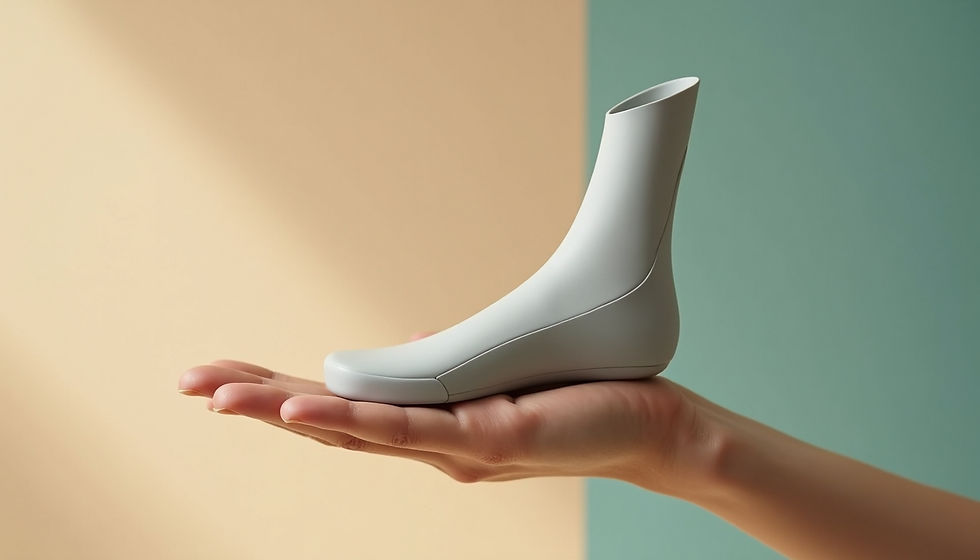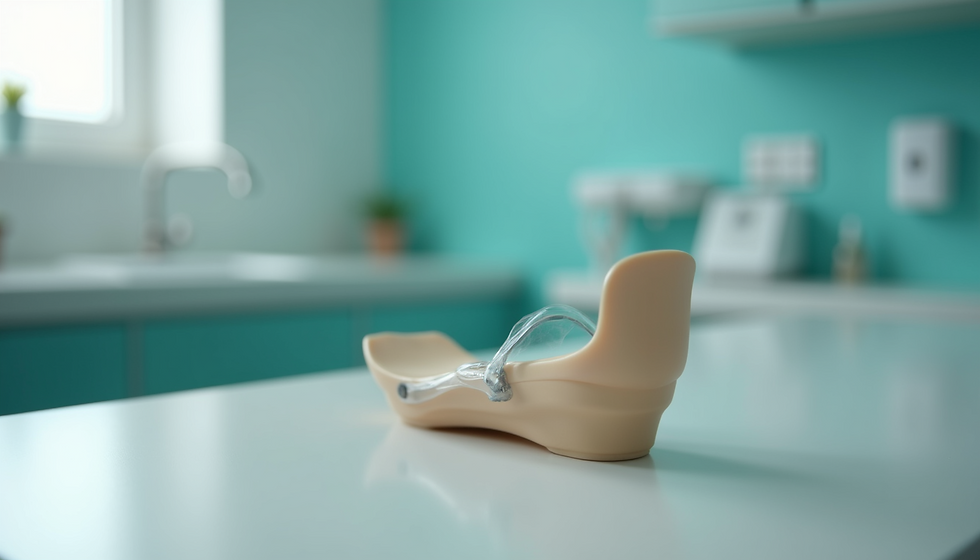Biomechanical Correction in Orthotics Explained
- Elliot Davis
- Apr 28
- 2 min read
Biomechanical correction is a fundamental aspect of orthotics that plays a crucial role in providing support and realigning the body's structure. By understanding how biomechanics function, healthcare professionals can create customized orthotic devices to address a variety of foot and lower limb issues.

When we talk about biomechanical correction in orthotics, we are referring to the application of mechanical principles to improve the function and alignment of the body. This involves assessing the way a person moves, identifying any abnormalities or inefficiencies in their gait, and designing orthotic devices to correct these issues. One of the key elements of biomechanical correction is understanding how the foot functions during the gait cycle. The foot goes through a complex series of movements as it transitions from heel strike to toe-off, and any deviation from the normal pattern can lead to pain and discomfort. By analyzing the way a person walks or runs, healthcare professionals can determine what type of support or correction is needed to optimize their biomechanics. Orthotic devices are commonly used to provide this support and correction. They can help to redistribute pressure, stabilize joints, and improve alignment, ultimately reducing pain and preventing further issues. Different types of orthotics, such as insoles, braces, or shoe inserts, may be prescribed based on the individual's specific needs and goals. During the fitting process, healthcare professionals will conduct a thorough assessment to understand the patient's biomechanics and biomechanical issues. This may involve observing how they walk, analyzing their foot structure, and performing tests to assess their range of motion and muscle strength. By taking a comprehensive approach to evaluation, healthcare professionals can create orthotic devices that are tailored to the individual's unique needs. After wearing the orthotic devices, patients may experience an adjustment period as their body adapts to the changes in alignment and support. It is important to follow the healthcare professional's guidance on how to gradually increase wear time and integrate the orthotics into daily activities. Regular follow-up appointments may also be scheduled to monitor progress and make any necessary adjustments to the devices. In conclusion, biomechanical correction in orthotics is an essential component of addressing foot and lower limb issues. By understanding how the body moves and functions, healthcare professionals can create customized orthotic devices to improve biomechanics, reduce pain, and enhance overall function. If you are considering orthotics to address a foot or lower limb concern, consult with a healthcare professional to determine the best course of action for your individual needs.


Commentaires